I have three automata (see below), the single global declaration urgent chan u; and the system declaration system UrgentChannel, P1, P2;. My understanding is that by making u an urgent channel, the transition from start to goal has to be taken.
I would like to understand why the property P1.start --> P1.goal is not satisfied. The counter example from the simulator does not seem to help here.
The model for download is here. Thanks for reading!


